Concept cars often captivate our imagination with their cutting-edge designs and innovative features, yet many never make it to the production line. Some of these vehicles possess qualities that could redefine the automotive landscape. Here are seven concept cars that truly deserved to be more than just prototypes.
Ford GT90
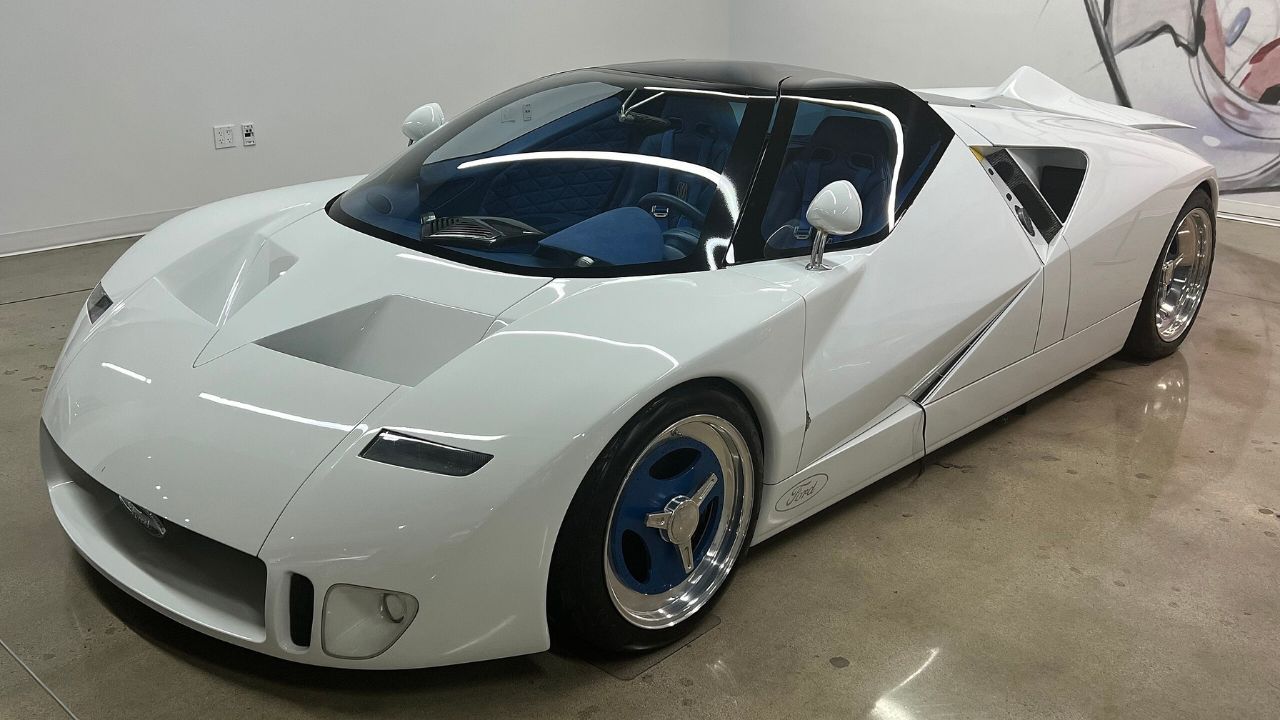
The Ford GT90 debuted in 1995 as a futuristic supercar with an audacious design and immense power. It featured a 720-horsepower quad-turbocharged V12 engine, pushing the boundaries of engineering at the time. Its sleek and aerodynamic bodywork was a precursor to many modern supercars, and it boasted advanced technologies like carbon fiber construction and a computer-controlled chassis.
Despite its groundbreaking attributes, the GT90 remained a concept. Its influence, however, is evident in Ford’s later models, including the GT supercars. Many enthusiasts believe that if it had hit the production line, it could have set new benchmarks in performance and design.
BMW M1 Homage
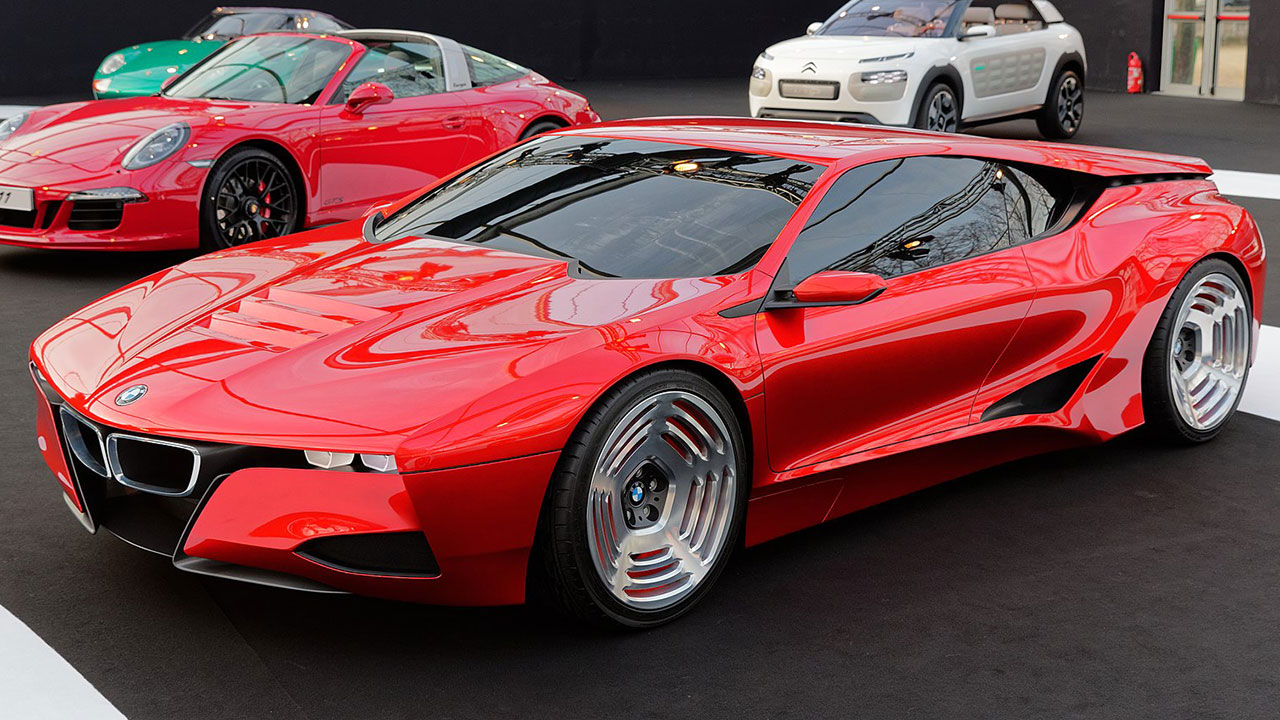
The BMW M1 Homage was revealed in 2008 as a tribute to the original M1 from the late 1970s. This concept car combined retro elements with modern aesthetics, featuring sharp lines and an aggressive stance. Its mid-engine layout and advanced aerodynamics were designed to reflect BMW’s racing heritage.
While the M1 Homage never transitioned to a production model, its design language influenced future BMW models. The car’s distinct style and homage to a legendary model left many fans wishing it had been produced. Its impact can still be seen in BMW’s ongoing design evolution.
Cadillac Sixteen
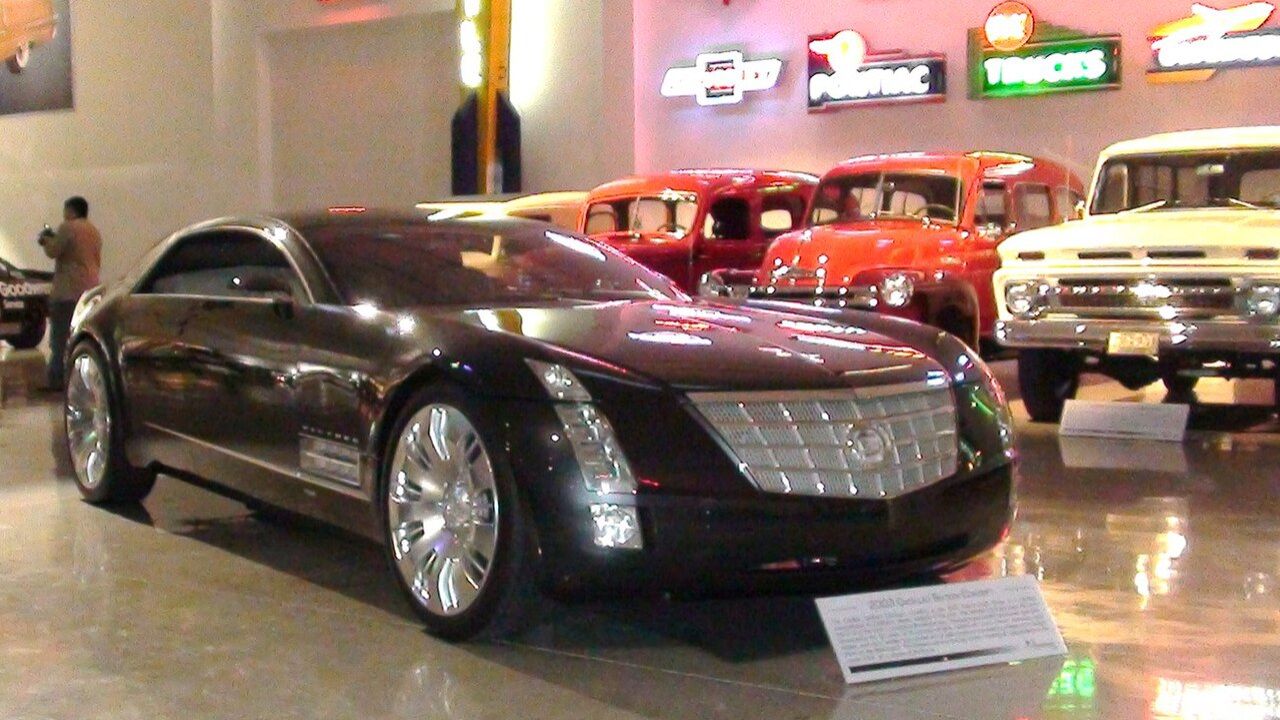
Unveiled in 2003, the Cadillac Sixteen was a luxury sedan concept that showcased the brand’s potential for opulence and power. With a 16-cylinder engine producing an astounding 1,000 horsepower, it was designed to be the epitome of American luxury and performance.
The Sixteen’s elegant design and lavish interior made it a standout among concept cars. Despite its potential to redefine luxury sedans, it was never mass-produced. The influence of its grandiose design can be seen in later Cadillac models, but the Sixteen itself remains a tantalizing “what if” in automotive history.
Lamborghini Asterion
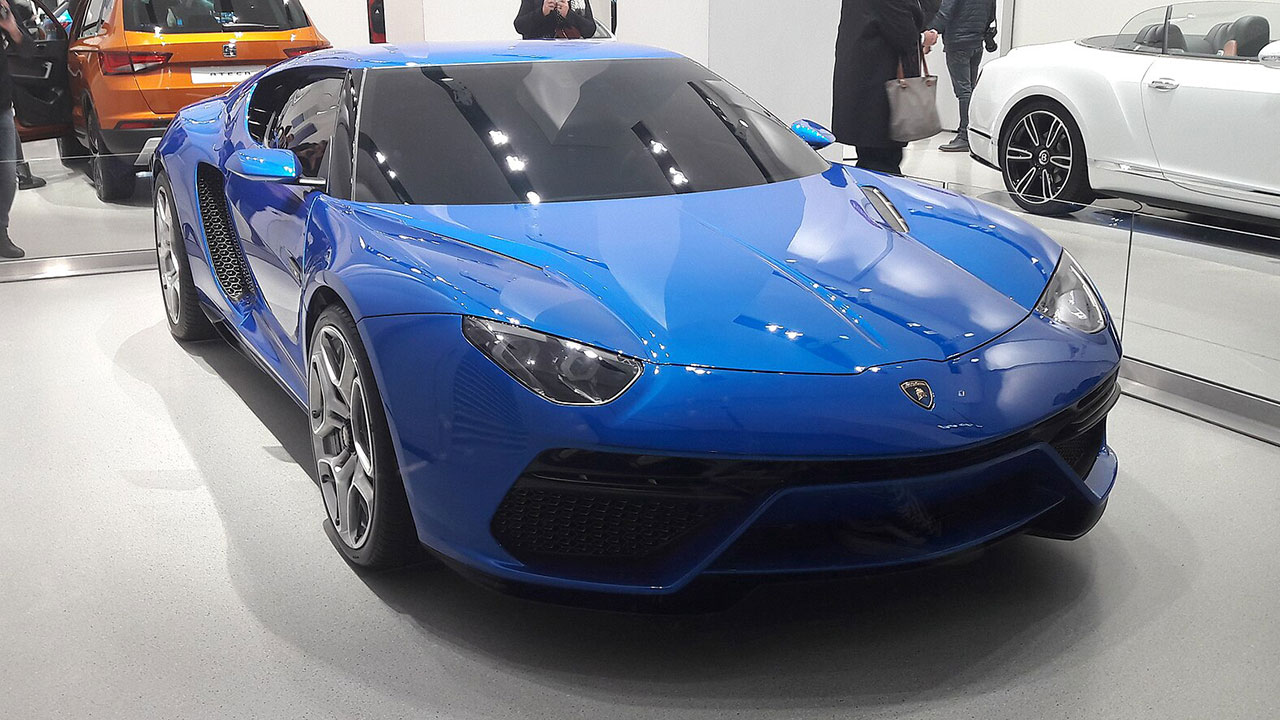
The Lamborghini Asterion was introduced in 2014 as a hybrid concept car, marking a significant departure from the brand’s traditional focus on pure performance. It combined a V10 engine with electric motors, delivering 910 horsepower while offering improved fuel efficiency.
This concept was unique in Lamborghini’s lineup and suggested a future where hybrid technology and high performance could coexist. While the Asterion didn’t enter production, its innovative approach left a lasting impression. The concept hinted at the potential for a greener yet powerful Lamborghini, aligning with the industry’s shift towards sustainability.
Nissan IDx
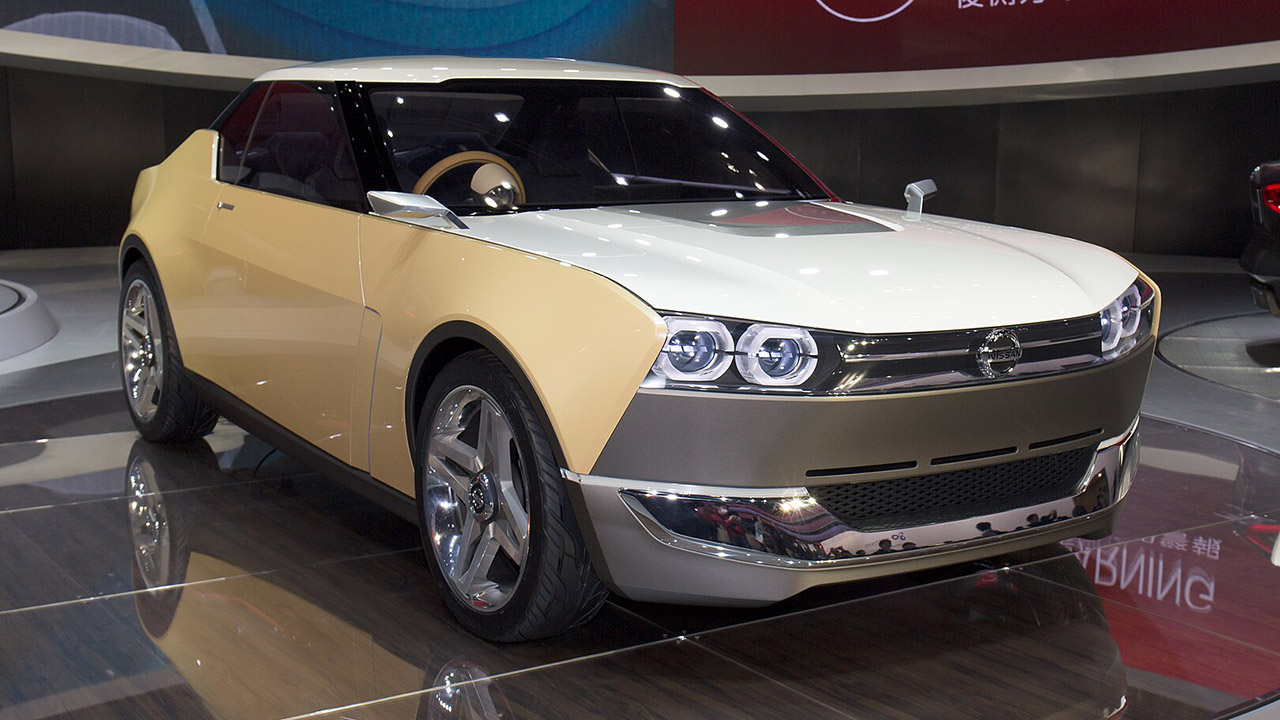
The Nissan IDx concepts, presented in 2013, were a nod to the brand’s iconic Datsun 510. With their retro-inspired design and customizable features, the IDx Freeflow and IDx Nismo targeted a new generation of car enthusiasts who appreciate both nostalgia and personalization.
Despite enthusiastic reception, these concepts never transitioned to production. The IDx represented a unique blend of old and new that could have reinvigorated Nissan’s lineup. Its absence in showrooms is still felt by fans who yearned for a modern take on a classic design.
Jaguar C-X75
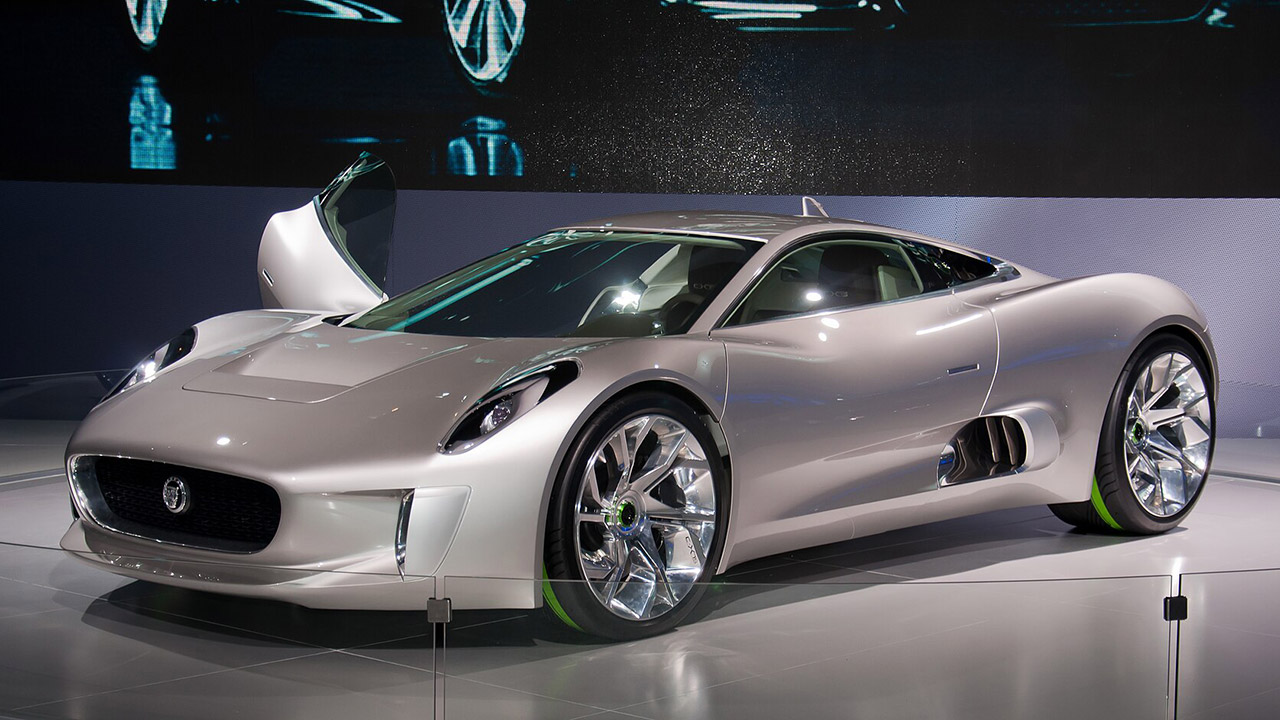
The Jaguar C-X75 was unveiled in 2010 as a hybrid supercar concept with a dramatic design and impressive performance credentials. Powered by a combination of a 1.6-liter turbocharged and supercharged engine and electric motors, it promised exceptional speed and lower emissions.
Although it never reached production, the C-X75 captured the imagination of car enthusiasts and was even featured in the James Bond film “Spectre.” Its blend of performance and environmental consciousness was ahead of its time, making it a missed opportunity for Jaguar to lead in the hybrid supercar segment.
Mercedes-Benz F 015 Luxury in Motion
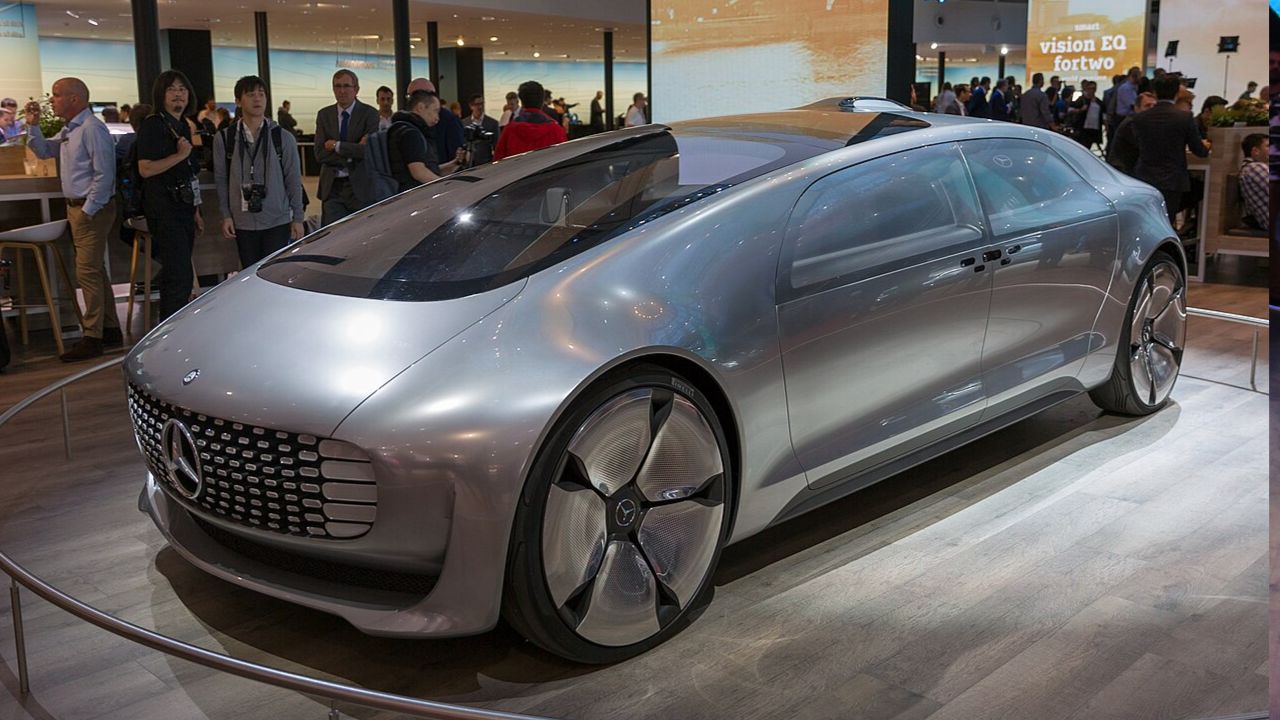
Debuting in 2015, the Mercedes-Benz F 015 Luxury in Motion concept car reimagined the future of autonomous driving. Its futuristic design and spacious, lounge-like interior offered a glimpse of a world where cars are not just transportation but a mobile living space.
The F 015’s advanced technology and innovative approach to autonomous mobility set it apart. While it never moved beyond the concept stage, the ideas it presented continue to influence the development of autonomous vehicles. Its vision of comfort and connectivity remains a guiding light for future automotive innovations.
Like Fast Lane Only’s content? Be sure to follow us.
Here’s more from us:
*Created with AI assistance and editor review.

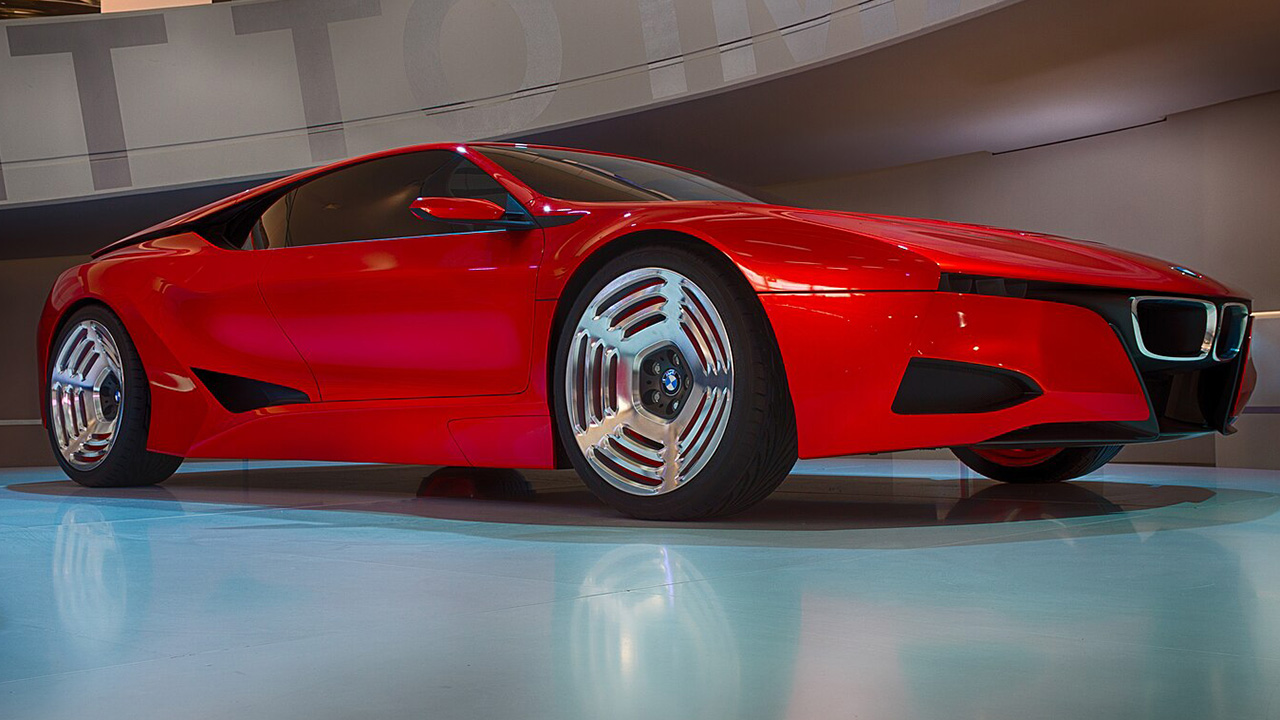

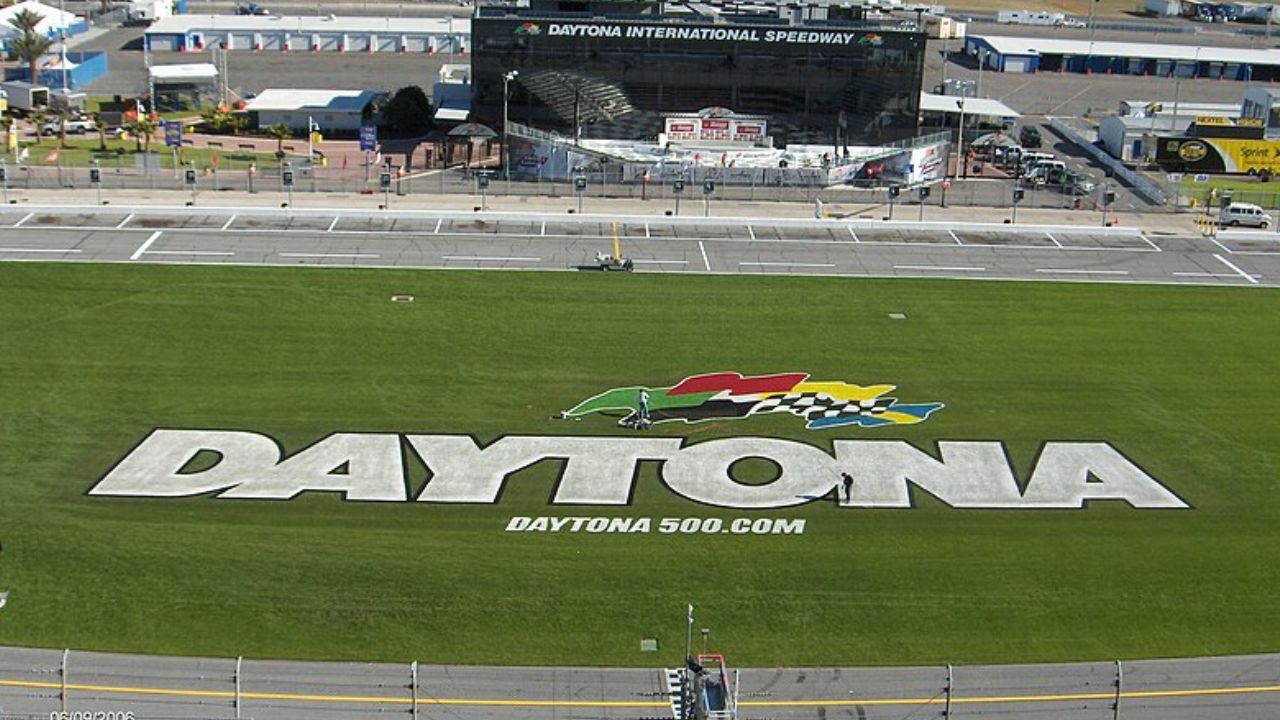
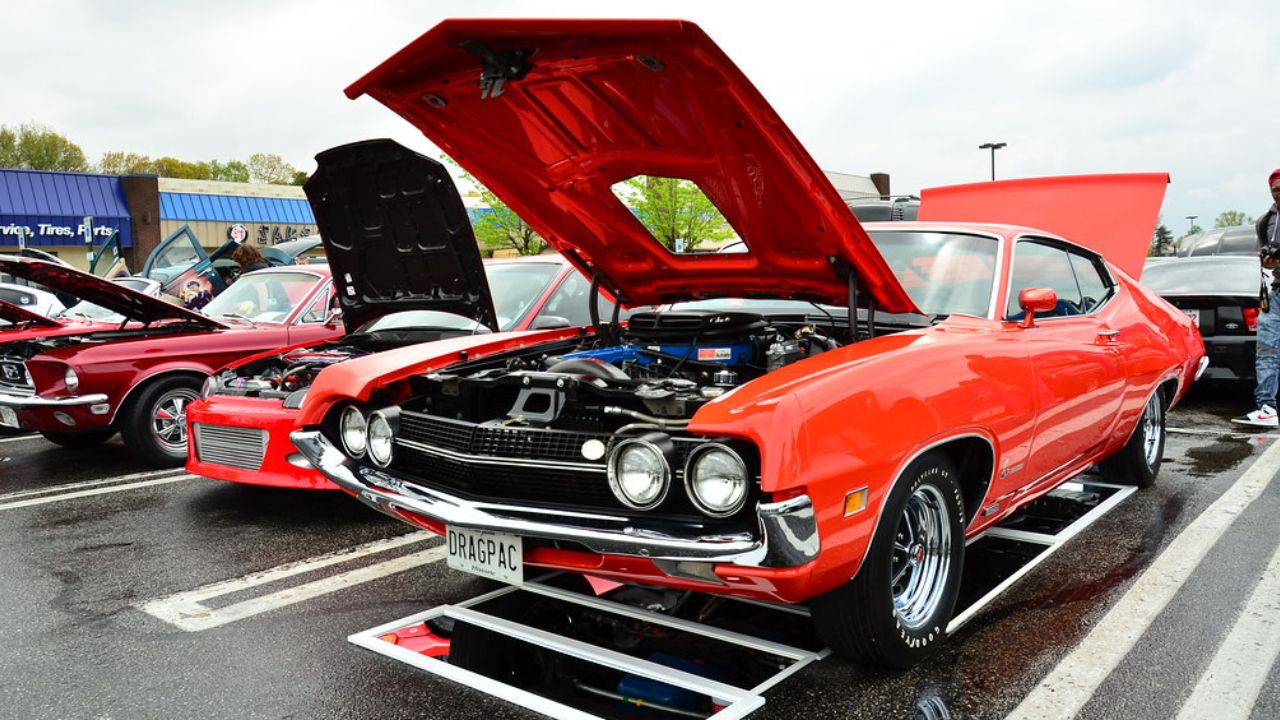

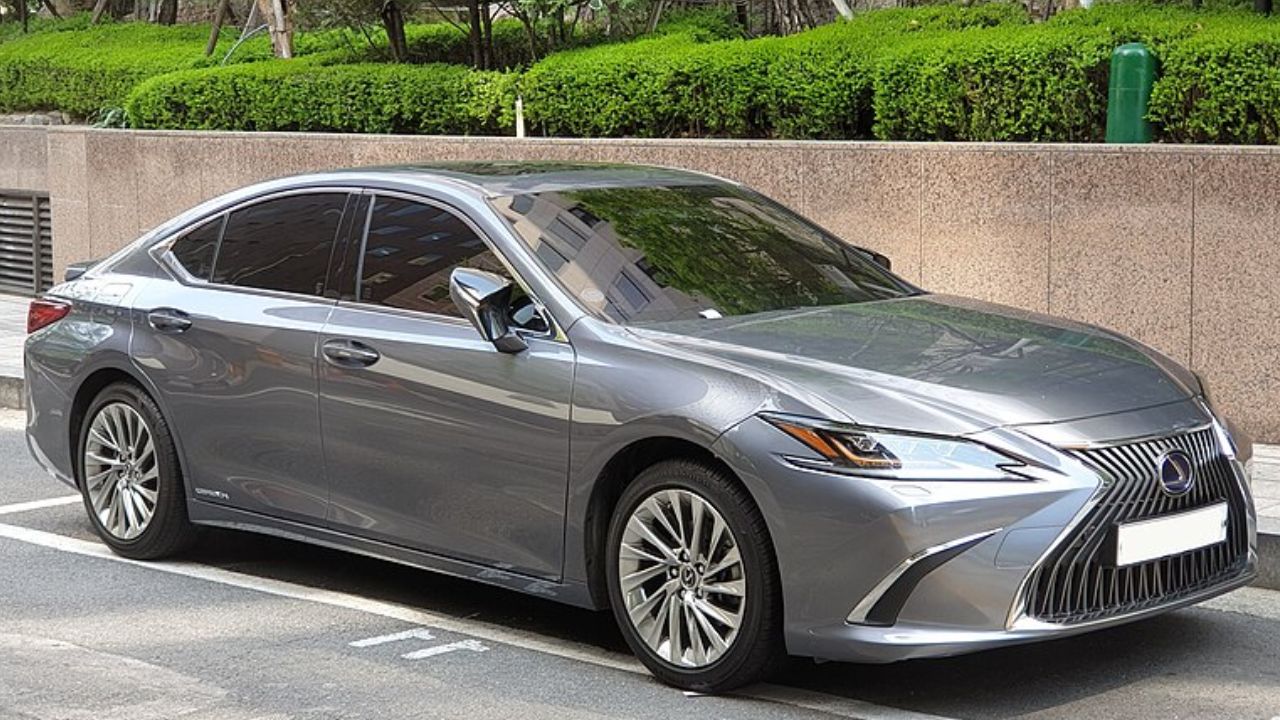
Leave a Reply